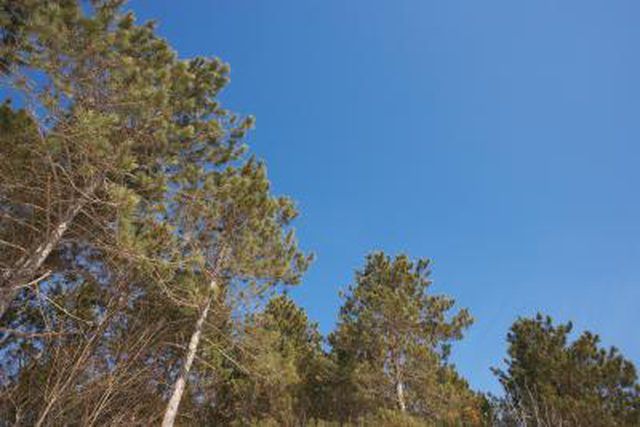Bulbs
Flower Basics
Flower Beds & Specialty Gardens
Flower Garden
Garden Furniture
Garden Gnomes
Garden Seeds
Garden Sheds
Garden Statues
Garden Tools & Supplies
Gardening Basics
Green & Organic
Groundcovers & Vines
Growing Annuals
Growing Basil
Growing Beans
Growing Berries
Growing Blueberries
Growing Cactus
Growing Corn
Growing Cotton
Growing Edibles
Growing Flowers
Growing Garlic
Growing Grapes
Growing Grass
Growing Herbs
Growing Jasmine
Growing Mint
Growing Mushrooms
Orchids
Growing Peanuts
Growing Perennials
Growing Plants
Growing Rosemary
Growing Roses
Growing Strawberries
Growing Sunflowers
Growing Thyme
Growing Tomatoes
Growing Tulips
Growing Vegetables
Herb Basics
Herb Garden
Indoor Growing
Landscaping Basics
Landscaping Patios
Landscaping Plants
Landscaping Shrubs
Landscaping Trees
Landscaping Walks & Pathways
Lawn Basics
Lawn Maintenance
Lawn Mowers
Lawn Ornaments
Lawn Planting
Lawn Tools
Outdoor Growing
Overall Landscape Planning
Pests, Weeds & Problems
Plant Basics
Rock Garden
Rose Garden
Shrubs
Soil
Specialty Gardens
Trees
Vegetable Garden
Yard Maintenance
Do Pine Trees Have Pollen?
Do Pine Trees Have Pollen?. Pine trees (Pinaceae sp.) rely on seeds for reproduction. This means that pine trees use sexual reproduction to produce seeds. Part of the propagation process is pollen.

Pine trees (Pinaceae sp.) rely on seeds for reproduction. This means that pine trees use sexual reproduction to produce seeds. Part of the propagation process is pollen.
Process
Pine trees produce small, male cones that create the pollen in small, internal chambers. Once the pollen matures, the male cones release the pollen to fertilize the female cones. The cones then die and fall apart after scattering their pollen.
Time Frame
Pine trees release their pollen during the spring. The pollen resembles yellow dust and coats sidewalks, shrubs and cars. The large grains of pollen fall downward and are not blown far by the wind.
Theory
According to Maya Jerath, M.D., Ph.D., of the University of North Carolina School of Medicine, pine pollen does not contribute to allergies since it is too large to enter the eyes and nose, which sets off the allergic reaction.
Identification
Pine pollen is round with two air bladders resembling ears. This gives the large grains the ability to briefly float in the wind. This feature also makes it easier to identify the pollen grains under a microscope.